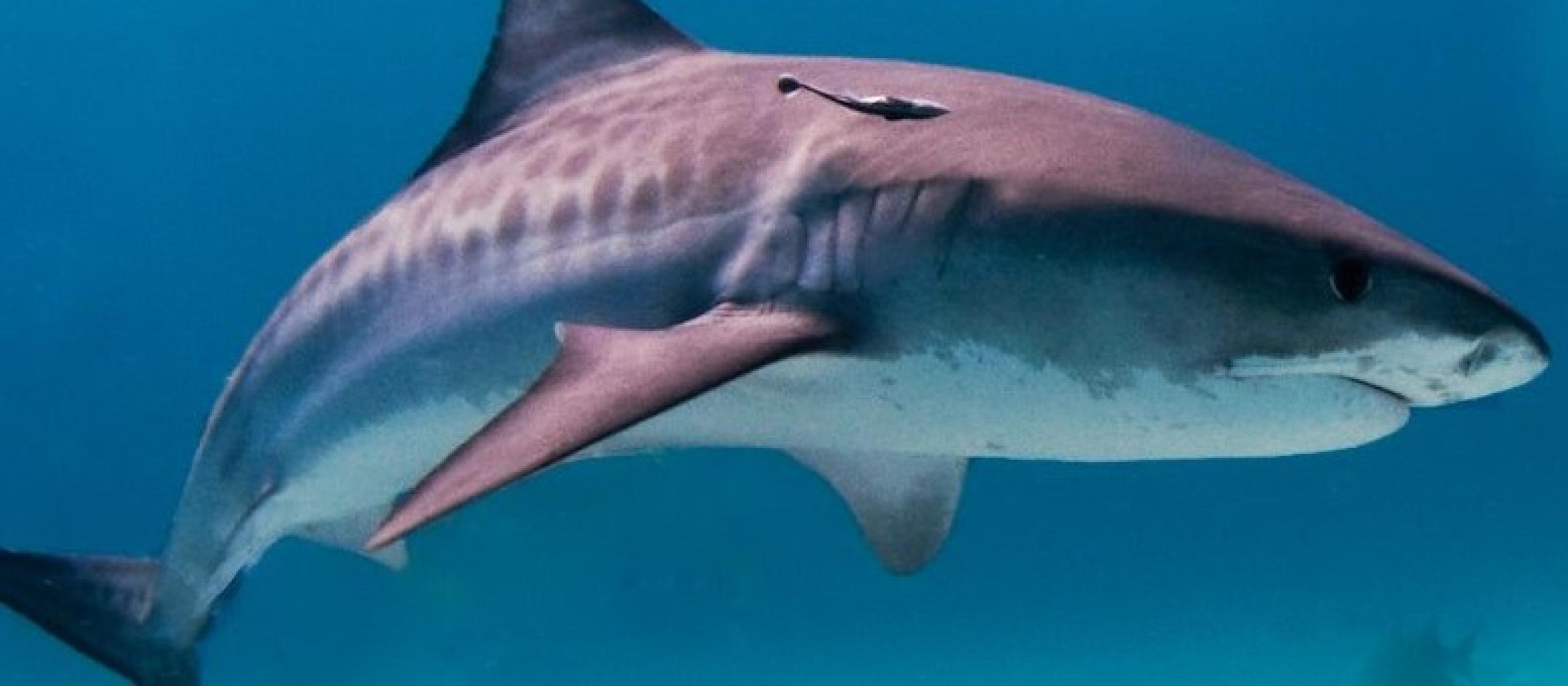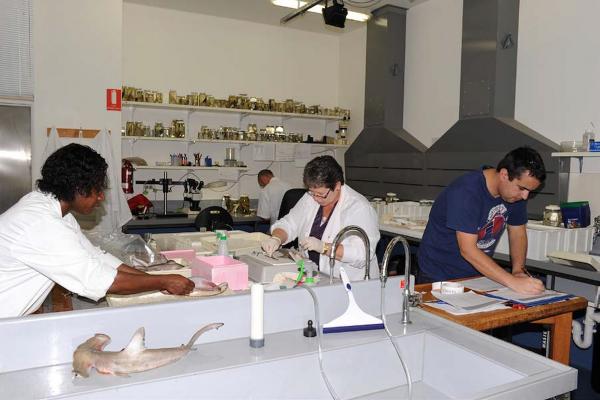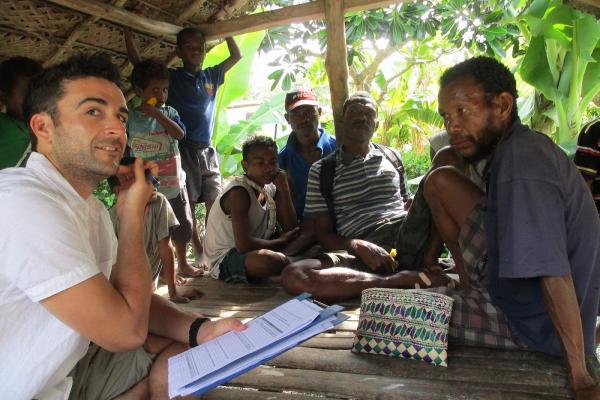- HomeHome
-
About ACIAR
- Our work
- Our people
-
Corporate information
- ACIAR Audit Committee
- Commission for International Agricultural Research
- Policy Advisory Council
- Agency reviews
- Executive remuneration disclosure
- Freedom of information (FOI)
- Gifts and benefits register
- Information publication scheme
- List of new agency files
- Contracts
- Legal services expenditure
- Privacy impact assessment register
- Commonwealth Child Safe Framework
- Benefits to Australia
- Careers
- 40 years of ACIAR
-
What we do
- Programs
- Cross-cutting areas
- Resources
- Where we work
-
Funding
- Research projects
- Fellowships
-
Scholarships
- John Allwright FellowshipScholarships to study in Australia for ACIAR partner country scientists to have Australian postgraduate qualifications
- ACIAR Pacific Agriculture Scholarships and Support and Climate Resilience Program
- Alumni Research Support Facility
- Publications
- News and Outreach
Date released
27 September 2018
Researching sharks and rays has tradionally been the domain of men, but not any more. For the past 10 years, Leontine Baje has been employed by PNG National Fisheries Authority (NFA). Baje also has a long history with ACIAR. Through its capacity building program, she was awarded a post-doctoral fellowship to conduct vital research on PNG’s marine environment and its economic benefits.
Baje has been part of a research collaboration between ACIAR, the NFA and CSIRO to determine the biological and socio-economic characteristics of sharks and rays in PNG waters.
‘This was the first major international research collaboration that I was involved with from its onset and I was keen to do my best to achieve the aims of the project,’ says Baje.
In 2015, she was awarded an ACIAR-funded John Allwright Fellowship that enabled her to do a Masters at the Centre for Sustainable Tropical Fisheries and Aquaculture at James Cook University in Queensland. In 2017, her research work was approved and upgraded to a PhD program, making her the first PNG woman from the NFA to carry out doctoral research into the biology and ecology of coastal sharks.
‘I believe that it’s important for the NFA to develop strong research capacity on which to base management decisions. I felt that this would contribute positively towards the development of my country,’ Baje says.
SHARKS AND RAYS
Shark is PNG’s fifth most important export fishery, worth K8 million (A$3.31 million) annually. It is also an important artisanal fishery for coastal communities and a potential resource for ecotourism and cultural conservation.
All coastal communities in PNG are involved in fishing for local food supply and wider commerce. Sharks and rays are particularly vulnerable to over-exploitation due to their life history characteristics. Population declines can affect the livelihoods of communities that rely on those resources.
Given the importance of the shark and ray fishery for livelihoods and commerce in PNG, the lack of information on species composition, distribution and abundance is an impediment to sustainable management. This needs to be addressed.
Over the last four years, ACIAR has provided training and local capacity building programs, and supported dedicated researchers such as Baje. ‘Being part of the PNG shark and ray project has given me the opportunity to work with very experienced Australian researchers,’ she says. ‘I’ve undergone specific training as a John Allwright Fellow awardee, and it has been invaluable.’
Baje explains that her ongoing research is focused on determining biological and ecological aspects of coastal sharks caught in the Gulf of Papua prawn trawl fishery. This will aid in assessing the impact of fishing on shark populations.
‘I would like to continue in a research role when I return to PNG,’ says Baje. ‘I think there is much more to learn about the fisheries stocks that arebeing harvested. We can use that information to ultimately achieve sustainable fisheries in PNG.’
NEW PUBLICATION
As part of a wider effort to build research capacity in PNG, ACIAR recently published Sharks and rays of Papua New Guinea, the first comprehensive reference on the sharks and rays of PNG. The monograph contains everything you need to know about recognising and identifying the sharks, rays and chimaeras found in Papua New Guinean waters, both marine and freshwater.
Its user-friendly layout contains information on identifying features, size, distribution, habitat, biology and conservation status of 132 species. It is an essential reference for all shark and ray enthusiasts—including local fishers and consumers, divers, fisheries and conservation officers, and scientists.
More information is available via ACIAR's website.





